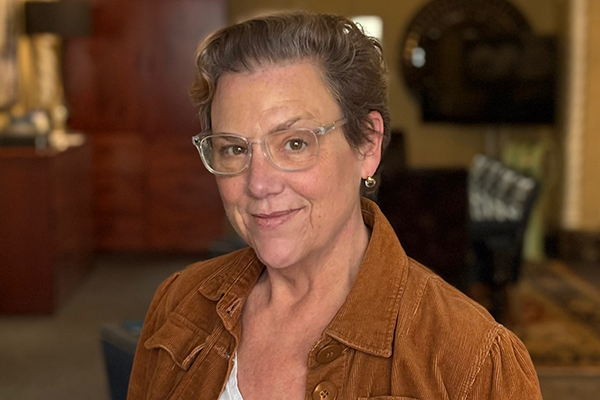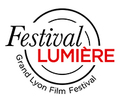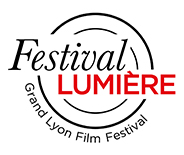MIFC – Guest of honour
A trailblazer of restoration at Lumière!
Posted on 14.10.2025
American Andrea Kalas, Vice President of the Media and Archival departments of Iron Mountain Media and Archival Services is honoured at the MIFC for her visionary work in film preservation.

© DR
What does film restoration involve?
Restoration work must be approached with an understanding of the film technologies available at the time each film was made. What techniques were used for colour and sound recording, and how did filmmakers and their teams use these tools to transform the script into the final product? Through research and discussions with them, where possible, we can restore a film to its full potential.
What are the links between your profession and festivals?
There are more film restorations thanks to major festivals like Lumière. There is no better venue for this, since it also attracts an audience to discover these restored works.
What does Media and Archives Services at Iron Mountain do?
We are partners for archivists. We provide them with storage space and possibilities to digitise and scan their archives. We are specialists in archiving, preserving and classifying an incredible catalogue of films that we are very fortunate to work with, which is accessible at all times.
How did you become a digital archivist?
I had a student job at UCLA Film and Television Archive working with nitrate film, and it became my career. I learned how digitisation could help archivists.
You studied film history. Is there one film that stands out above the rest?
I was incredibly honoured to work on the restoration of The Godfather. That film was a real turning point in world cinema. Francis Ford Coppola, who was very young at the time, was determined to make films differently from Hollywood, and he succeeded.

